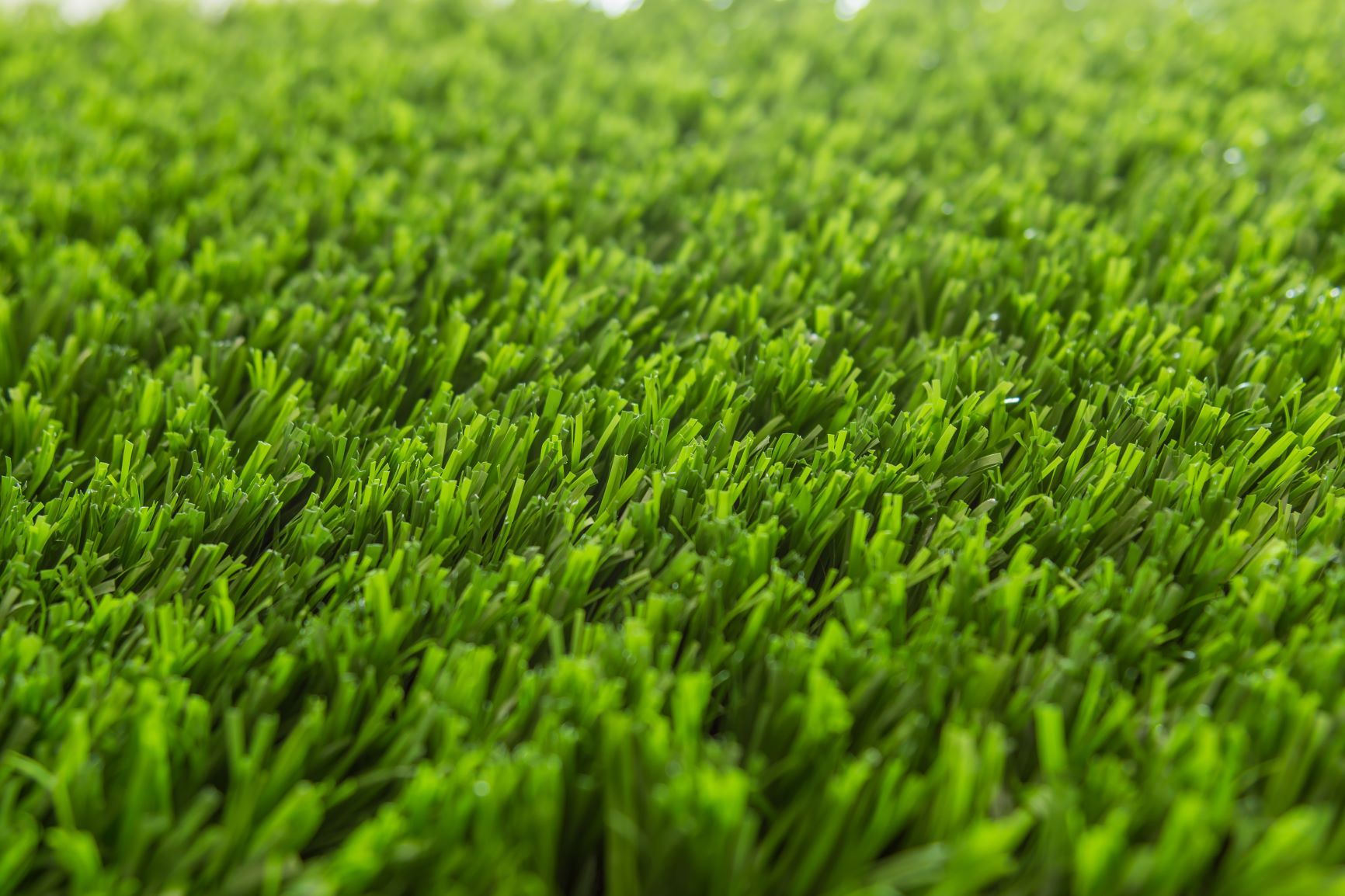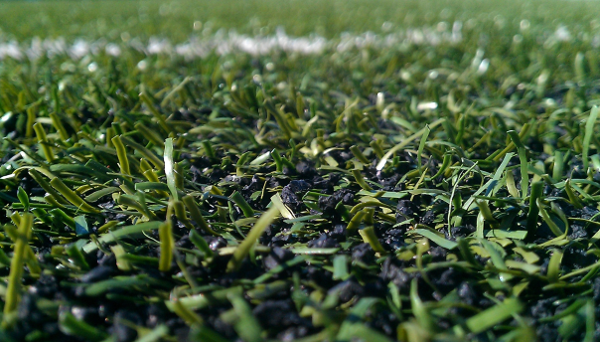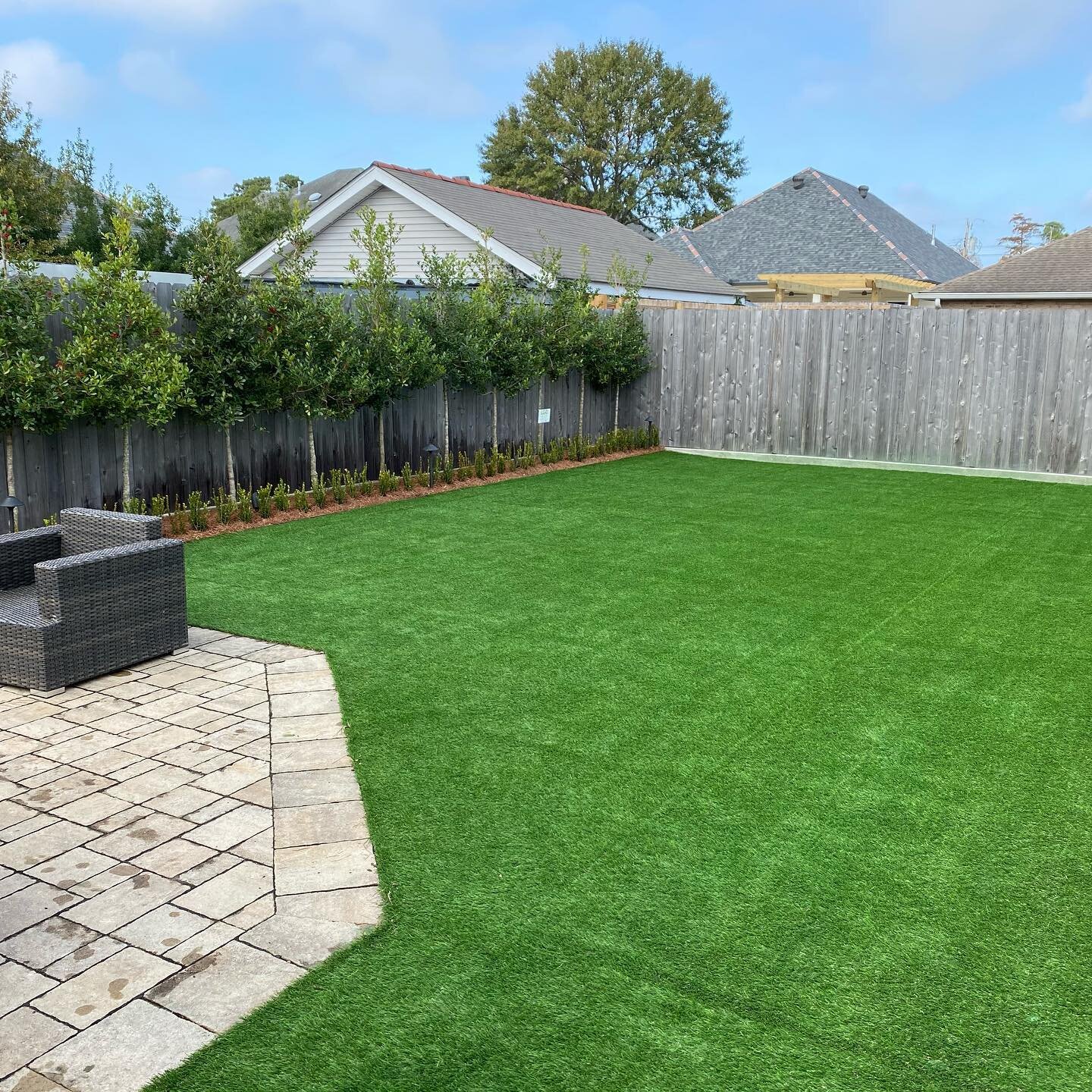Upgrade Your Yard with Expert Turf Installation Phoenix AZ Solutions
Upgrade Your Yard with Expert Turf Installation Phoenix AZ Solutions
Blog Article
Look Into the Environmental Benefits of Opting for Artificial Turf Solutions
The adoption of synthetic lawn services provides a compelling possibility to resolve pushing ecological challenges. By significantly decreasing water use and decreasing the application of harmful chemicals, these options not only advertise lasting landscaping yet additionally safeguard neighborhood communities.
Water Conservation Conveniences
One of the most significant advantages of artificial lawn is its ability to preserve water. In comparison, fabricated lawn does not require watering, significantly minimizing the overall need for water resources.
By removing the need for normal watering, synthetic grass adds to lasting landscape practices and aids mitigate the ecological impact of excessive water usage. The preservation of water prolongs to the decrease of runoff, which can lead to soil erosion and river air pollution.
Additionally, the installment of synthetic grass allows districts and house owners to assign water sources a lot more successfully, focusing on important uses such as drinking water and farming. The change towards synthetic turf not just promotes accountable water usage yet likewise straightens with wider ecological goals targeted at protecting natural resources.
As communities progressively prioritize sustainability, the water conservation benefits of man-made grass offer an engaging instance for its fostering in industrial and domestic landscape design projects.
Minimized Chemical Use
The shift to synthetic lawn substantially reduces the reliance on chemical therapies typically made use of in natural lawn maintenance. Traditional lawn administration commonly entails the application of chemicals, herbicides, and fertilizers to promote growth and control parasites. These chemicals can position dangers to human health and wellness, regional wild animals, and the setting, contributing to soil and water contamination.
In contrast, synthetic grass removes the demand for these unsafe materials. By lessening the launch of synthetic compounds right into the environment, artificial turf promotes healthier dirt and water systems.
Additionally, the lack of chemical overflow associated with synthetic turf setups assists secure regional rivers from air pollution, supporting aquatic life and preserving biodiversity. Arizona artificial turf. As neighborhoods progressively focus on lasting methods, choosing for synthetic grass provides a sensible option that aligns with environmental preservation goals. With this shift, residential or commercial property owners can take pleasure in lavish eco-friendly spaces without endangering environmental health, leading the way for an extra lasting future
Reduced Carbon Footprint

In addition, the installation of read this post here synthetic grass can lead to significant water preservation. Natural lawns need substantial quantities of water for irrigation, which not only includes in the carbon footprint linked with water extraction and therapy yet likewise strains regional water sources. On the other hand, synthetic grass needs very little maintenance, requiring no watering, therefore substantially minimizing water usage and its associated energy prices.
Additionally, the durability of synthetic grass contributes to its reduced carbon impact. With a life-span of as much as 15 years or even more, the requirement for regular replacements is lessened, causing much less waste and lower power usage in manufacturing and dealing with traditional lawn options. Generally, synthetic grass offers a lasting option for ecologically conscious landscape design.
Environment Preservation
Habitat conservation is a crucial factor to consider in the argument over landscape design options, particularly when contrasting man-made grass to natural lawn. Natural grass yards typically call for extensive maintenance, consisting of making use of herbicides, pesticides, and plant foods, which can adversely impact neighborhood environments. These chemicals can seep into the soil and rivers, damaging native plants and fauna and disrupting neighborhood environments.
Artificial lawn removes the demand for unsafe chemicals, thereby securing nearby wild animals and maintaining the honesty of surrounding environments. The installation of synthetic lawn can lead to the conversion of previous turf areas right into more biodiverse landscapes, such as pollinator yards or indigenous plant areas, which can support local wild animals.
Ultimately, the transition to synthetic grass not just conserves water and minimizes maintenance efforts but likewise cultivates a much more harmonious relationship in between human activities and the native environment, promoting habitat preservation in the procedure.
Long-Term Sustainability
Long-term sustainability is a crucial aspect in examining the benefits of artificial lawn over standard turf yards. Among one of the most substantial benefits of fabricated lawn is its longevity; it can last approximately 15-20 years with marginal maintenance, whereas all-natural turf requires constant reseeding and substitute. This durability minimizes the demand for constant resources, such as water, fertilizers, and chemicals, which are essential for keeping you could try here a healthy turf lawn.
Furthermore, synthetic grass adds to a decrease in carbon emissions related to grass treatment equipment. Standard yards frequently call for gas-powered mowers, leaners, and blowers, every one of which add to air contamination. Turf installation phoenix az. On the other hand, synthetic grass eliminates the demand for such equipment, advertising a cleaner setting
Additionally, the production of synthetic grass increasingly utilizes recycled materials, boosting its sustainability account. As manufacturers take on environment-friendly methods, the environmental footprint of fabricated grass proceeds to diminish.

Verdict
The fostering of fabricated turf solutions offers considerable environmental benefits, consisting of considerable water preservation, reduced reliance on harmful chemicals, and a reduced carbon footprint. Synthetic lawn aids in maintaining natural environments by minimizing land disturbance and advertising long-lasting sustainability with the usage of durable materials. Jointly, these elements underscore the capacity of fabricated turf to contribute positively to environmental wellness and provide a practical choice to traditional landscaping techniques in a progressively resource-conscious world.
In contrast, man-made grass does not require watering, dramatically reducing the overall need for water resources. By decreasing the launch of synthetic compounds into the environment, man-made lawn promotes healthier soil and water systems.
Moreover, the setup of fabricated turf can result in considerable water preservation. In comparison, fabricated lawn needs minimal maintenance, requiring no watering, thus dramatically minimizing water usage and its connected energy expenses.

Report this page